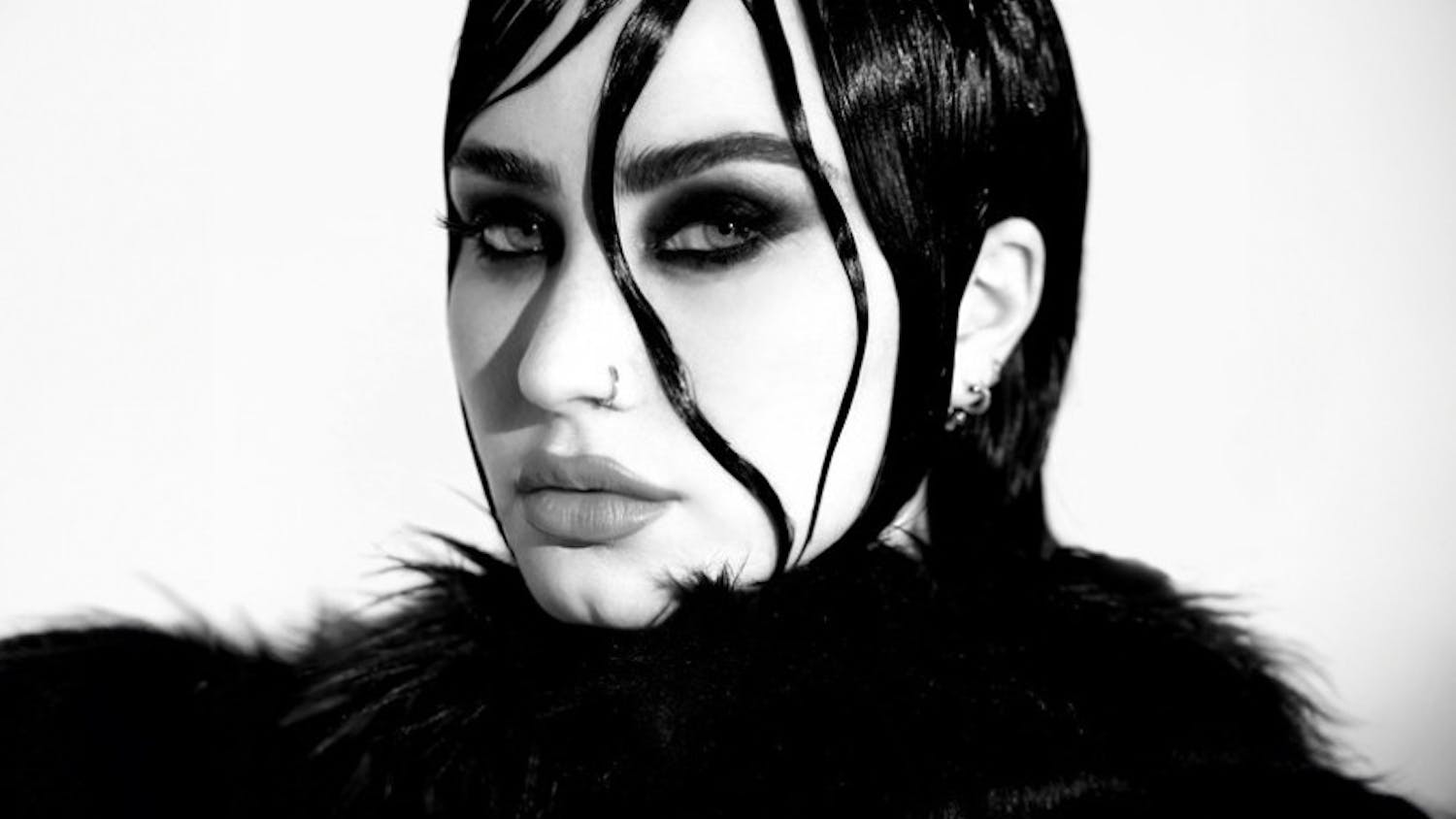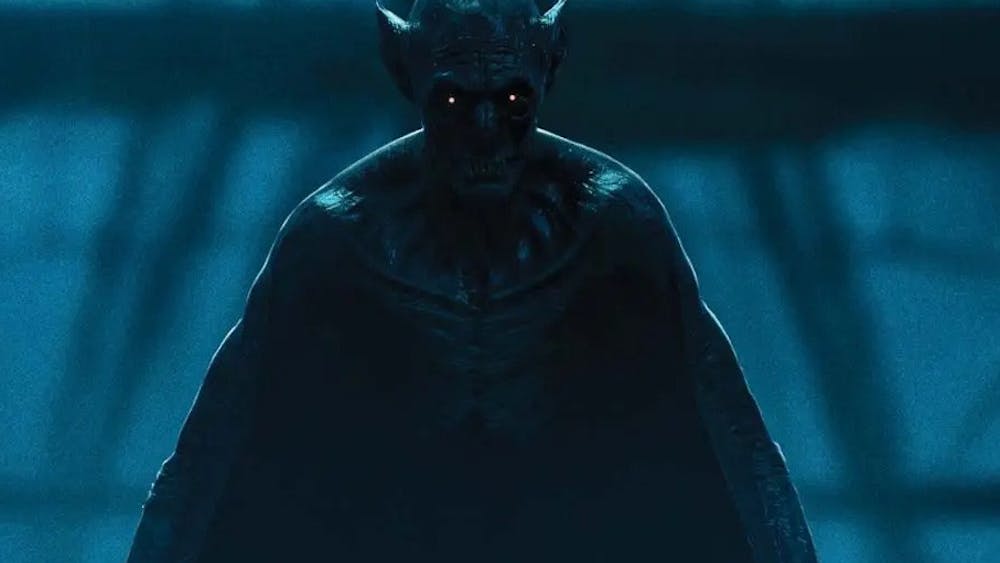The occult is not only a recent obsession. It has centuries of cultural history behind it, and is now written into one of the most popular operas in America: "The Magic Flute (Die Zauberflöte)."\nMozart drew the plot for "The Magic Flute" from both fictional and non-fictional sources about the religion of ancient Egypt. Mozart's own experiences as a Free Mason were also written in, sparking criticism from Viennese lodge members when they saw their secret initiation ceremonies used as plot material.\nThe plot centers around the figure of Prince Tamino, who is enlisted by the Queen of the Night to rescue her daughter, Pamina, taken captive by the order led by the High Priest Sarastro. He is joined by the birdcatcher Papageno, and as they set out, the Queen arms the Prince with a magic flute and Papageno with magic bells.\nTamino, led by three spirits, enters Sarastro's temple and discovers that Pamina was abducted to save her from her mother's evil influence. He also learns that in order to win Pamina's love, he must pass through the order's secret rites and prove his virtue, faith and bravery.\nBoth Tamino and Papageno undergo the tests, but Tamino is the last man standing, and as a result gets initiated. Pamina, meanwhile, is threatened by the Queen of the Night and told to flee from Sarastro, but she stays true to Tamino and the order. The Queen is overcome in the end, and Tamino and Pamina are united and initiated within the order.\nTamino's role was executed skillfully by Creighton James, but the part was rather bland and did not allow for showy display of technique. In this regard, the undoubted queen of the show was the Queen of the Night herself, played by Karen Kness. Though she only had two arias, they are among the most difficult in opera repertoire, and she executed them with almost superhuman skill. Other parts that deserve recognition are Christopher Bolduc as Papageno, whose emphasized the comic aspects of his character to give a delightful portrayal, and John Paul Huckle as Sarastro, whose deep and solemn voice gave his character the dignity of a high priest.\nMuch of the credit for these successful portrayals must be given to stage director Vince Liotta. His efforts with the cast definitely paid off in a successful and convincing portrayal by each cast member of each character. He succeeded in making characters derived from symbolism and mythology seem human. Far from being mystical stereotypes, the audience could very much relate to the characters Liotta brought out on the stage.\nRobert O'Hearn's costume designs were very intriguing. The entire set consisted of six large pyramids, which were rearranged with scene changes, and two slabs used to block the stage when slid together. Differences in scenery were used chiefly by lighting effects, which achieved a surprising variety on the minimal surfaces of the set pieces. O'Hearn's choice in using pyramids also emphasized the Egyptian roots of the libretto, a very appropriate choice.\nNot all of the costumes were as impressive, though. The Queen of Night and her attendants wore the most impressive costumes in the wardrobe, and Pamina's simple nightgown and Papageno's subdued feather-costume were very attractive sartorially. The disappointing costumes were those of Sarastro and the order, which were unpleasantly plain with an overemphasis on earth-tones.\nThe most overlooked contribution to the successful performance was the orchestra. Uriel Segal and the Chamber Orchestra masterfully played Mozart's challenging music, which was the true backbone of the entire performance.\n"The Magic Flute" is definitely a wonderful closing to the 2004-2005 opera season, and is a must-see for any lover of Mozart.\n-- Contact Staff Writer Adam Sedia at asedia@indiana.edu.
Successful Mozart opera closes season
Get stories like this in your inbox
Subscribe





